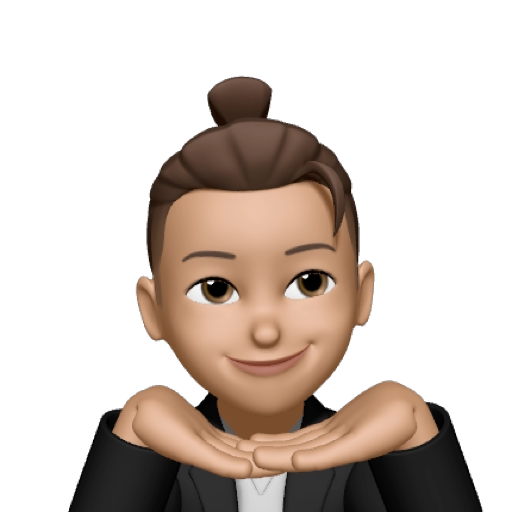
A I E D R O W



 Ritesh Kushwaha
Ritesh KushwahaOur brains rely on mental shortcuts to make quick decisions, but these shortcuts often lead to biases and errors. This article explores the psychology behind decision-making, common cognitive biases, and how to make smarter choices.

I was at a grocery store the other day, staring at two brands of pasta sauce. One was slightly cheaper, but the other had a bright red label that claimed it was “America’s #1 Choice.” I grabbed the labeled one without much thought. Later, I realized I’d fallen for a classic cognitive bias: social proof. If everyone else prefers it, it must be better, right?
This is just one example of how cognitive biases and heuristics—mental shortcuts that help us make quick decisions—affect our daily lives. We like to think we’re rational creatures, weighing pros and cons carefully, but the truth is that our brains are wired to take shortcuts. These shortcuts save us time and effort, but they also lead to systematic errors in judgment. Let’s break down some of the most common biases and heuristics that shape our decisions and what we can do to think more clearly.
Imagine if we had to consciously analyze every decision we made—choosing a meal, picking a shirt, deciding which email to open first. We’d be exhausted. Instead, our brains use heuristics, which are like cognitive rules of thumb. They work well most of the time but can lead to predictable mistakes.
One common heuristic is the availability heuristic. If something easily comes to mind, we assume it’s more common or important. That’s why people overestimate the likelihood of shark attacks (thanks, Hollywood) but underestimate the risks of heart disease, which is far deadlier.
Another is the representativeness heuristic, where we judge things based on how well they match a stereotype. For example, if I tell you about a quiet, book-loving person, you might assume they’re a librarian rather than a salesperson—even though sales is a much more common profession.
These heuristics help us make snap judgments, but they can also mislead us.
Biases are systematic errors in thinking that result from our reliance on heuristics. They’re not just occasional mistakes—we fall into these patterns all the time without realizing it.
Ever notice how people tend to read news that aligns with their existing beliefs? That’s confirmation bias. We seek out information that supports what we already think and ignore anything that contradicts it. This makes us feel smart but also keeps us trapped in our own perspective.
Say you’re buying a car, and the salesperson starts by quoting a price of $30,000. Even if you negotiate it down to $25,000, that initial price still shapes your perception of value. That’s anchoring bias in action—we rely too heavily on the first piece of information we receive.
We hate losing more than we love winning. Studies show that losing $100 feels worse than gaining $100 feels good. This leads people to make overly cautious decisions or stick with bad investments because they don’t want to “lose” money they’ve already spent.
Ever met someone who thinks they’re an expert after watching one YouTube video? That’s the Dunning-Kruger effect—people with little knowledge overestimate their ability, while true experts often underestimate their own competence.
Whether it’s stock market trends, fashion fads, or viral internet challenges, we tend to follow the crowd. It feels safer, but just because something is popular doesn’t mean it’s the best choice.
Knowing about biases isn’t enough—you have to actively counteract them. Here are a few strategies:
Pause and Question Your Gut Reactions – Before making a decision, ask yourself, “Am I relying on a shortcut? What’s influencing me?”
Seek Out Opposing Views – Challenge your confirmation bias by deliberately reading or listening to arguments from the other side.
Reframe Losses as Gains – Instead of “I’ll lose money if I switch jobs,” think, “I have the opportunity to earn more in a new role.”
Slow Down Big Decisions – When stakes are high, don’t rush. Take time to gather information and analyze it rationally.
Use Checklists or Decision Frameworks – Structured thinking tools like pros-and-cons lists or decision matrices can help counter biases.
Get Input from Others – A second (or third) opinion can help you see what you might be missing.
Understanding biases won’t make you immune to them, but it gives you a fighting chance at making better choices. Next time you’re making a big decision—whether it’s choosing a career, investing in stocks, or just picking pasta sauce—pause for a second. Ask yourself: Am I thinking critically, or is my brain taking a shortcut? Because sometimes, the smartest decision is simply to question your own mind.